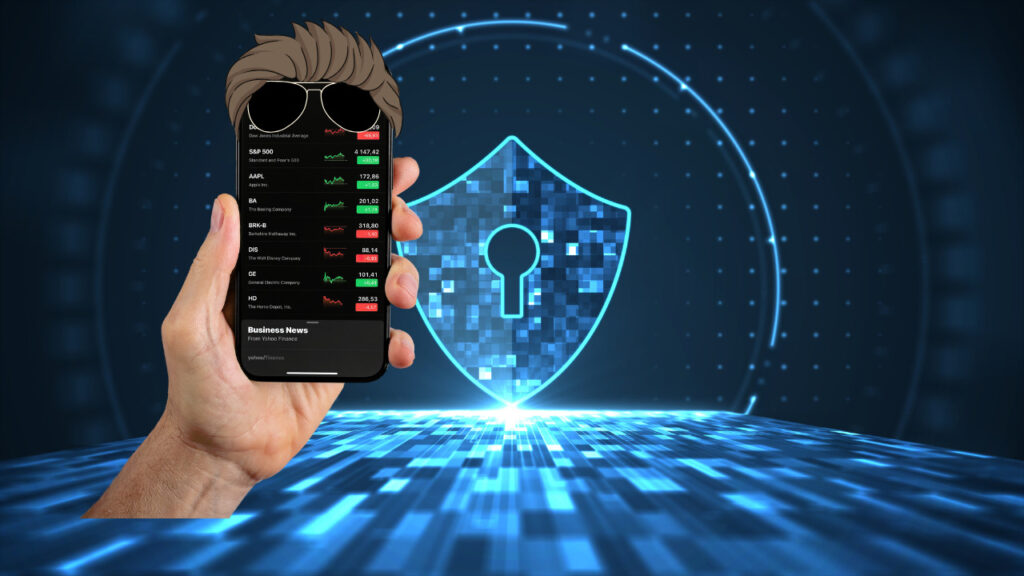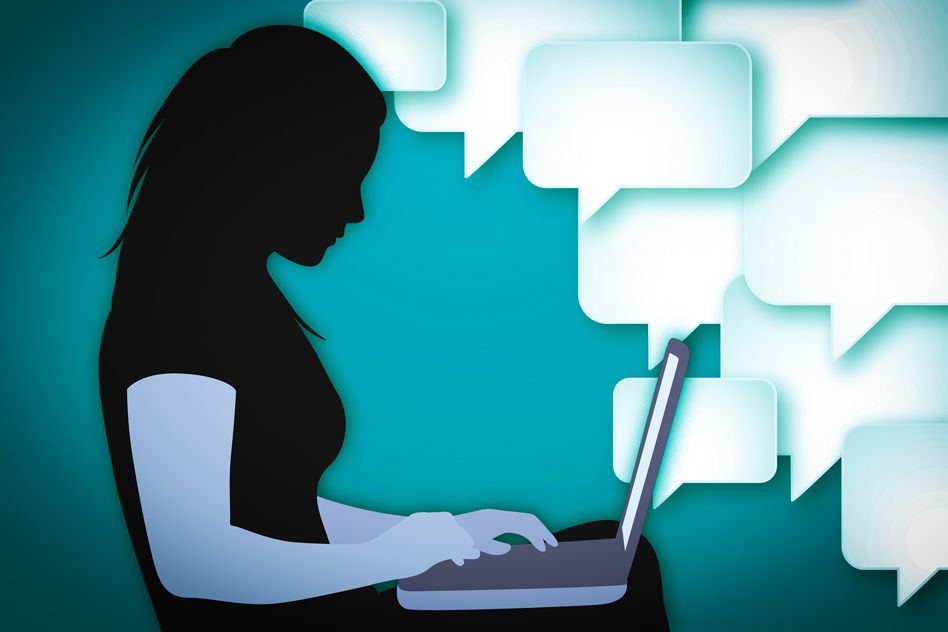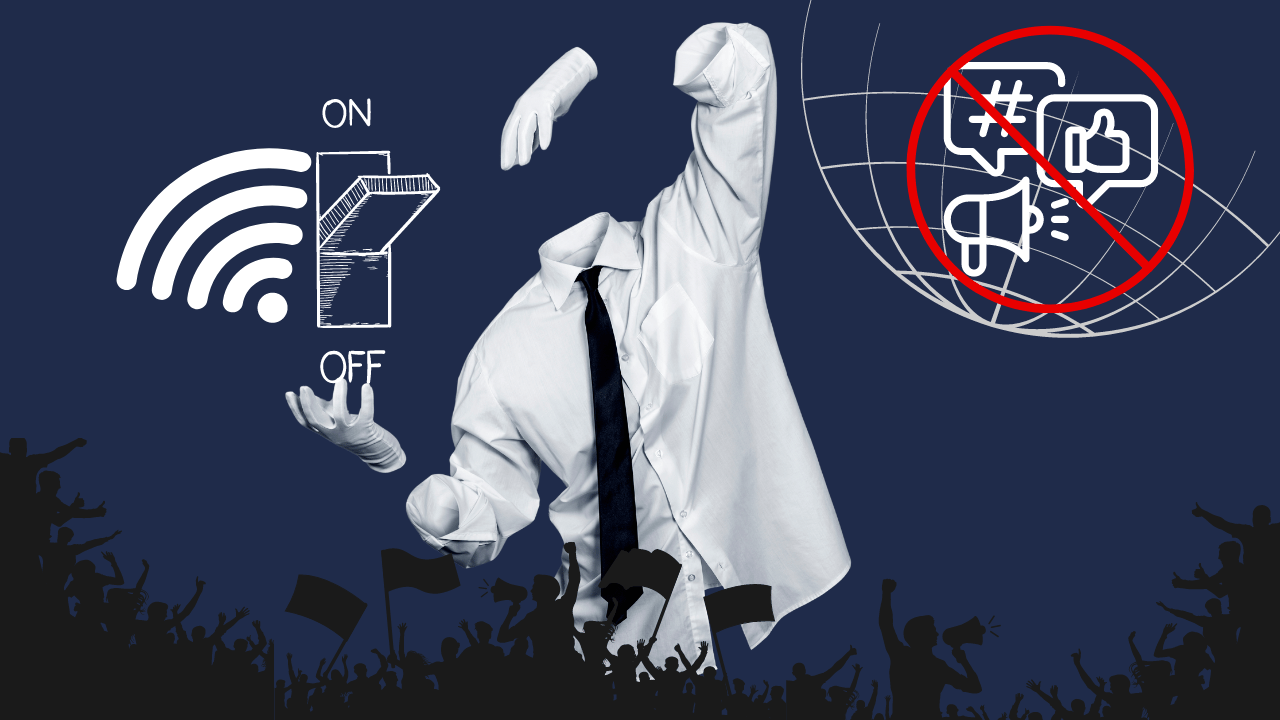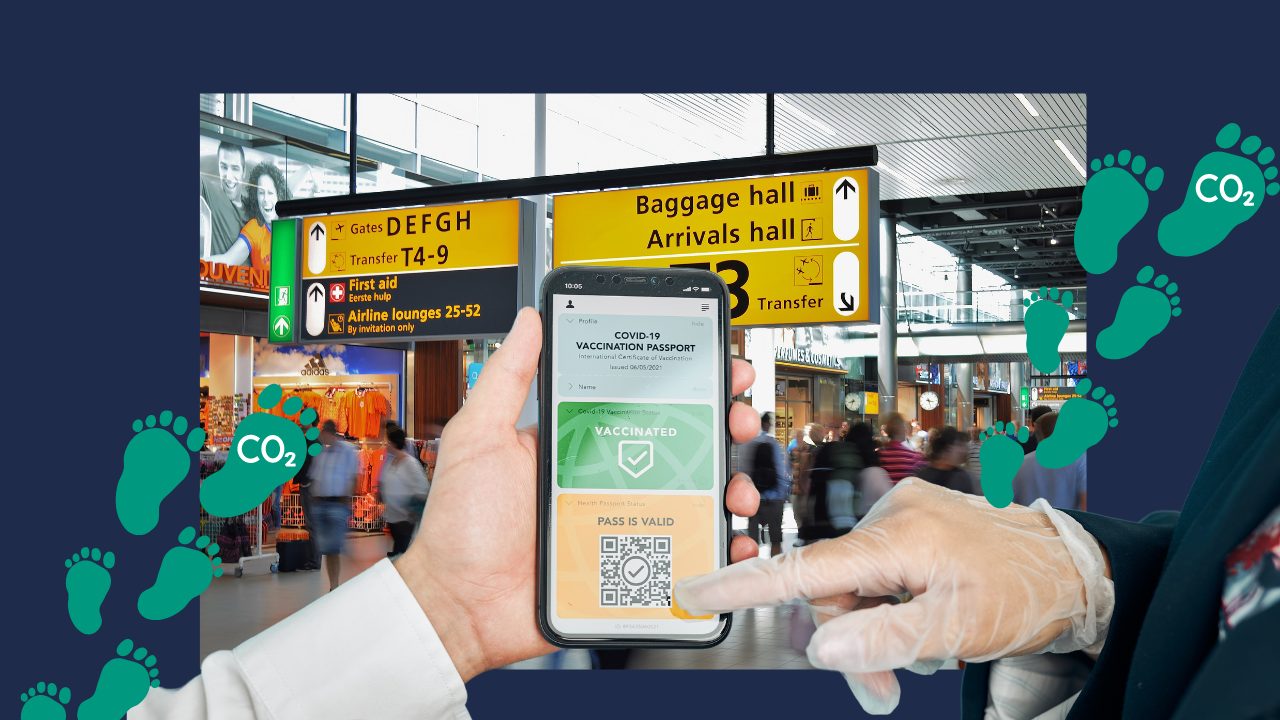What seems quite simple on Android devices is all the more complicated on iOS devices.
While Apple’s closed ecosystem has undoubtedly contributed to the company’s success, it has also sparked intense debates surrounding issues of monopolistic control, competition, and the implications for both developers and consumers
Anyone familiar with the closed-off existence of Apple’s mobile operating system knows that alternatives outside of the user experience desired by Apple are only accessible with some effort. In this blog post, we delve into the monopoly of the Apple Store, examining its impact, controversies, and these alternatives.
The Apple Store Monopoly:
The Apple Store’s closed ecosystem is a double-edged sword. On one hand, it ensures a seamless and curated experience for users, with apps undergoing rigorous screening processes for quality and security. On the other hand, this closed system has led to accusations of monopolistic behavior, limiting user choice and stifling competition.
One of the key points of contention is Apple’s commission structure for in-app purchases and subscriptions. The standard 30% cut has been criticized by developers, who argue that such high fees limit their revenue and hinder the growth of smaller businesses. This has led to legal battles and regulatory scrutiny in various jurisdictions.
Apple’s App Store practices have faced scrutiny from antitrust regulators and lawmakers. High-profile legal battles, such as the Epic Games lawsuit, highlight concerns about the company’s control over app distribution and the imposition of rules that some argue stifle fair competition.
Impact on Developers:
The exclusive nature of the Apple ecosystem means that developers have limited alternatives for reaching iOS users. This lack of competition in the distribution space has fueled arguments that Apple’s control negatively impacts innovation and pricing in the app market and if you add the 30% commission fee imposed by Apple.
Developers, especially smaller ones, often find it challenging to sustain profitable margins. This has prompted calls for a more equitable revenue-sharing model that better supports the diverse ecosystem of app creators.
The Alternatives:
As the tech landscape evolves, the quest for a balance between control and competition remains at the forefront of discussions surrounding the digital marketplace. Apple does offer the option of sideloading. However, 7-day restrictions and insecure sources for apps are not necessarily user-friendly conditions for the average consumer. AltStore has been available since 2019, which relies on this same sideloading in combination with a store interface. However, its use is anything but frictionless.
If you want to get by without sideloading, you can only fall back on the good old jailbreak. However, this comes with some restrictions and problems. For example, it must be ensured that the jailbreak is available or works at all for the corresponding device and the respective software version. Even then, however, there may be further restrictions waiting for us.
#PRVCYTipps
Use JailBreakers
The term jailbreaking is most often used in relation to the iPhone: it is considered the most ‘locked down’ mobile device currently on sale. Early versions of the iPhone did not have an app store, and the iOS interface was considered more limited for users than it is today. In the US, the first iteration of the iPhone was only on AT&T’s network and users who wanted to access other carriers were not able to unless they had a jailbroken iPhone.
Now, with all the restrictions and limitations for developers, Jailbreaking does not change the device’s core features, and a jailbroken iPhone or iPad can still purchase and download apps from Apple’s App Store. However, to download apps that Apple rejected or leverage the additional features jailbreaking provides, jailbroken devices rely on independent app stores, like this two:
Checkra1n
Checkra1n stands as a powerful and revered tool in the realm of iPhone customization, offering users the ability to liberate their devices from the constraints of Apple’s strict iOS ecosystem. Developed by a dedicated team of hackers and security researchers, Checkra1n is a semi-tethered jailbreak tool that leverages the Checkm8 bootrom exploit, providing users with a reliable method to gain root access to their iOS devices.
One notable feature of Checkra1n is its broad device compatibility, supporting a wide range of iPhones and iPads, including some of the latest models. Its reliance on a hardware-based exploit makes it resilient to software updates, allowing users to maintain their jailbroken status across iOS versions.
Cydia
Once Checkra1n has successfully unlocked the potential of an iPhone, users gain access to Cydia, a third-party app store that serves as the epicenter for jailbroken device customization. Cydia, developed by Jay Freeman (saurik), provides a vast repository of tweaks, themes, and apps that go beyond the limitations imposed by the official App Store.
With Cydia, users can explore and install a plethora of modifications that enhance the functionality and appearance of their iPhones. From system-wide theming and customization options to powerful tweaks that augment the capabilities of the iOS interface, Cydia empowers users to tailor their devices to suit their preferences.
While the Checkra1n and Cydia combination offers unparalleled freedom and customization options for iPhone users, it’s essential to approach jailbreaking with caution. Jailbreaking involves bypassing Apple’s security measures, which could potentially expose devices to security risks and instability. Users should be aware of the potential consequences, such as voided warranties and the increased likelihood of security vulnerabilities.
In conclusion, Checkra1n and Cydia serve as a dynamic duo, providing iPhone users with the means to break free from Apple’s walled garden and explore the untapped potential of their devices.












